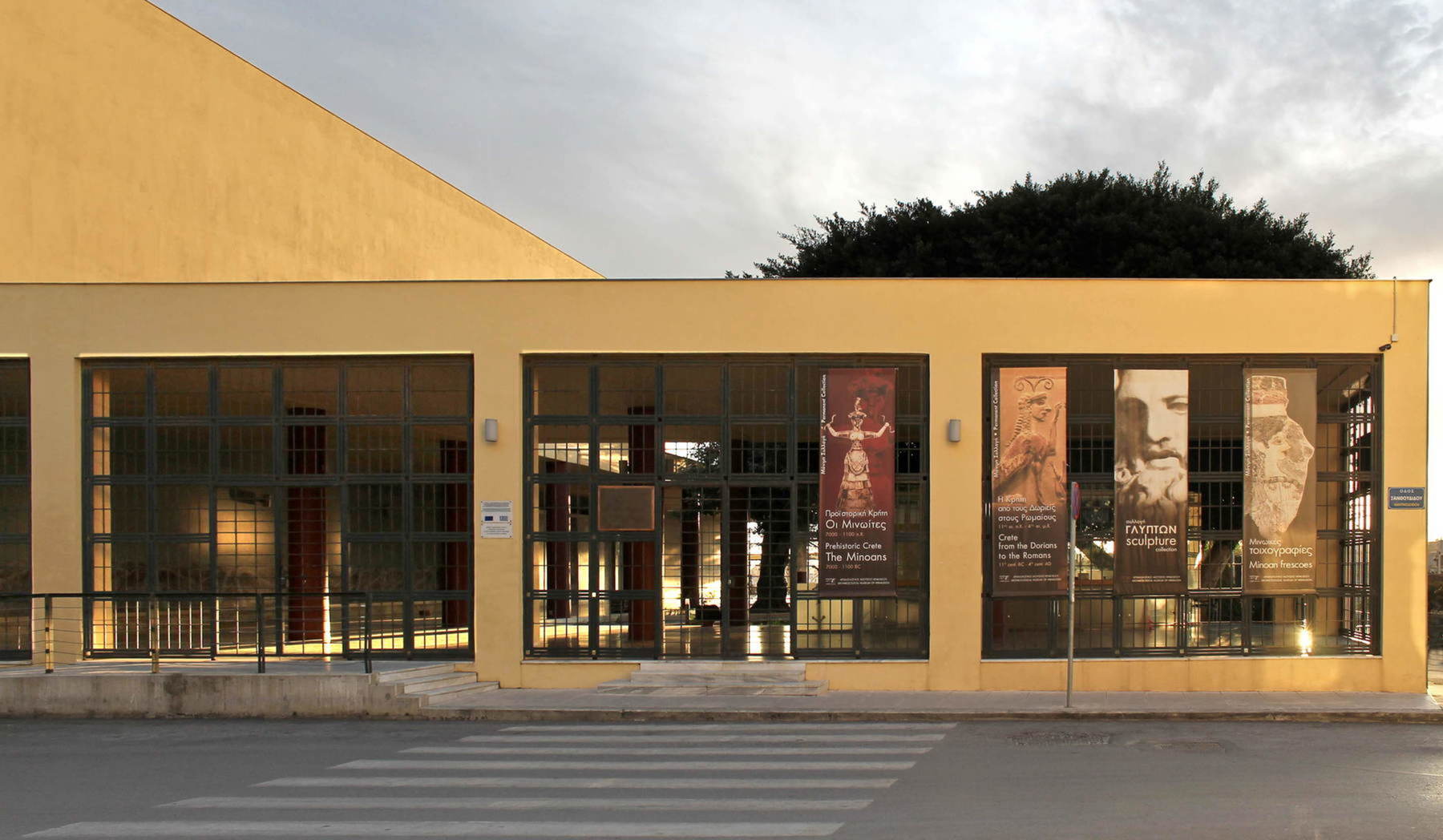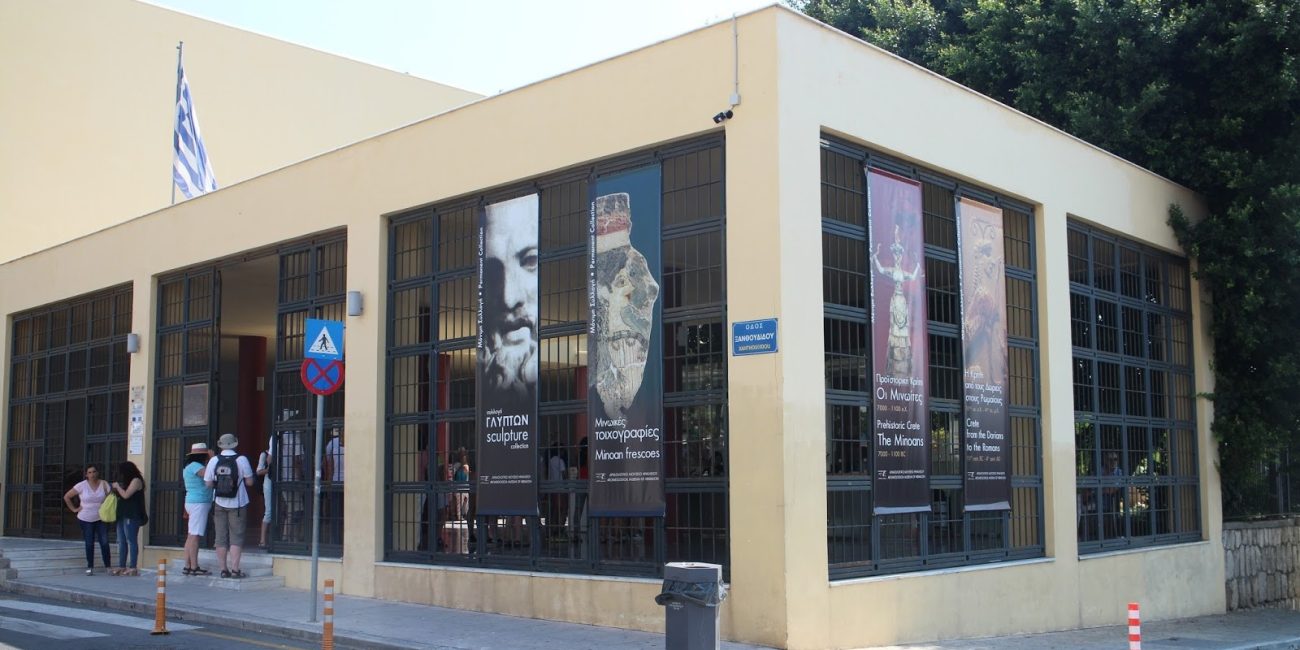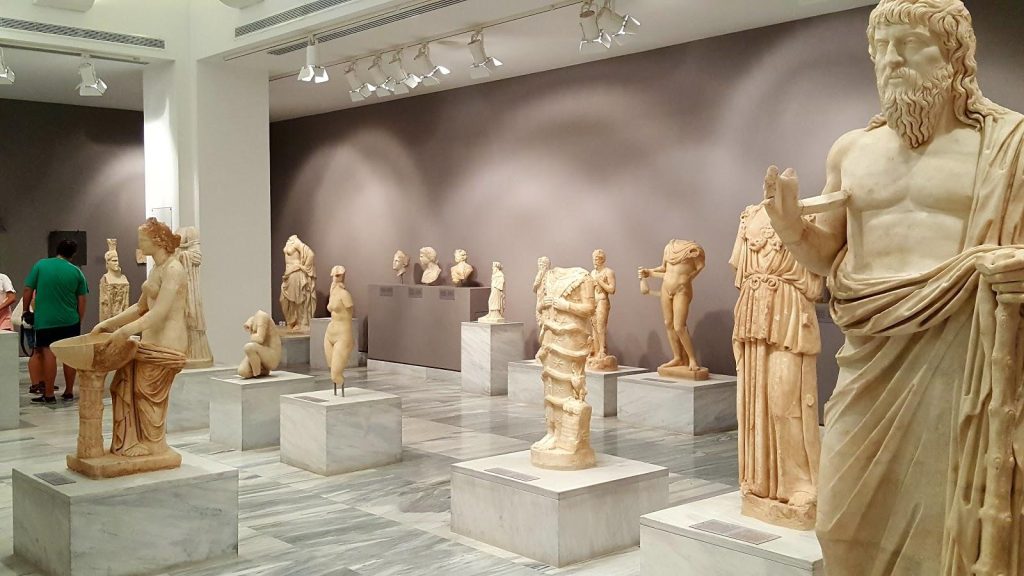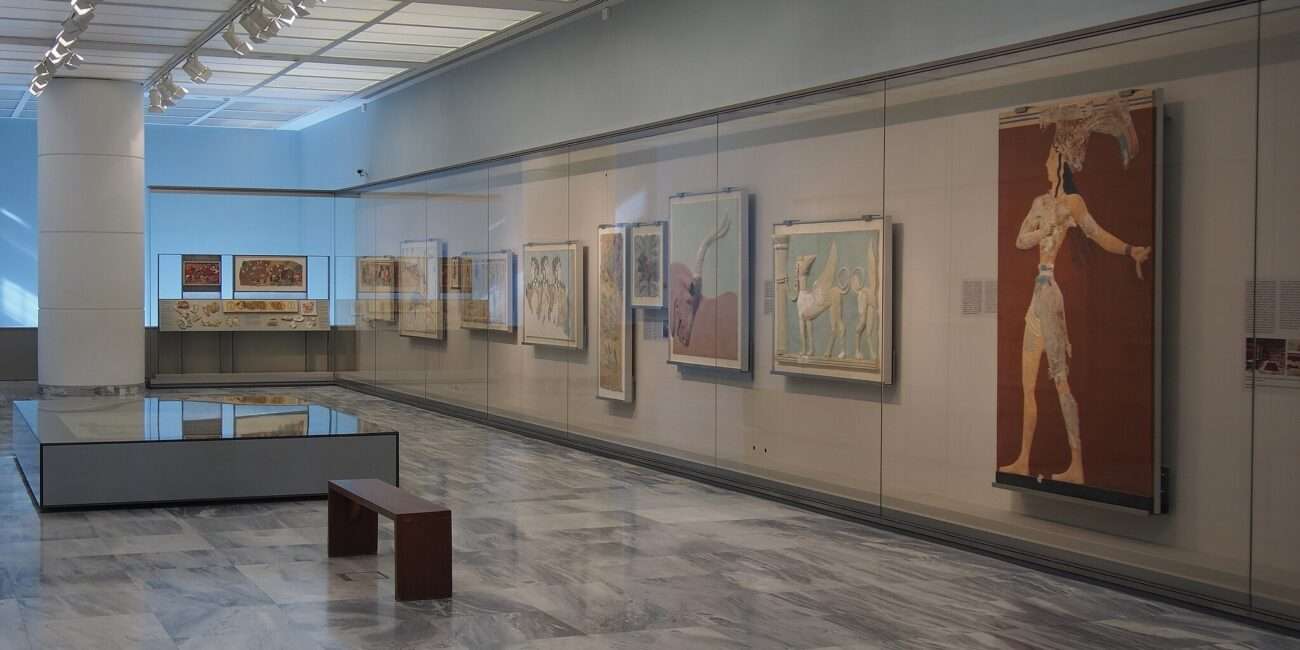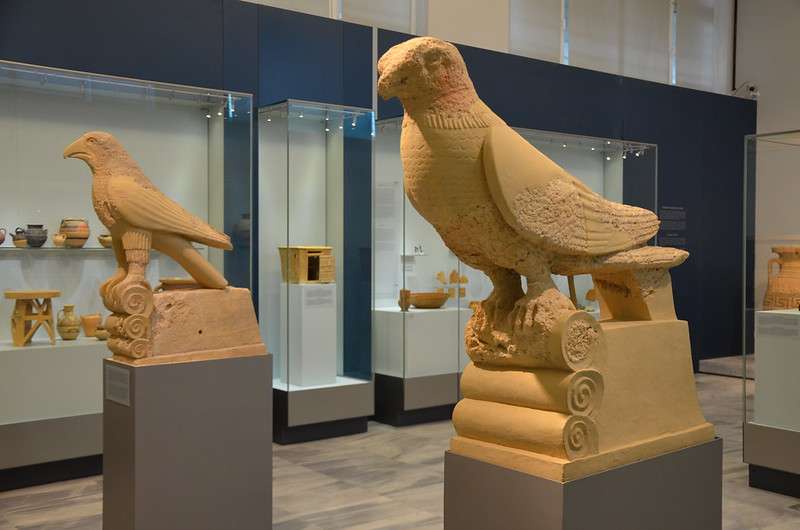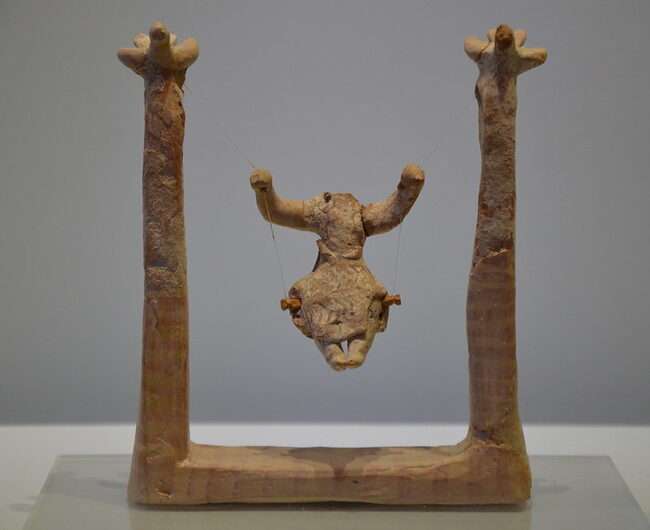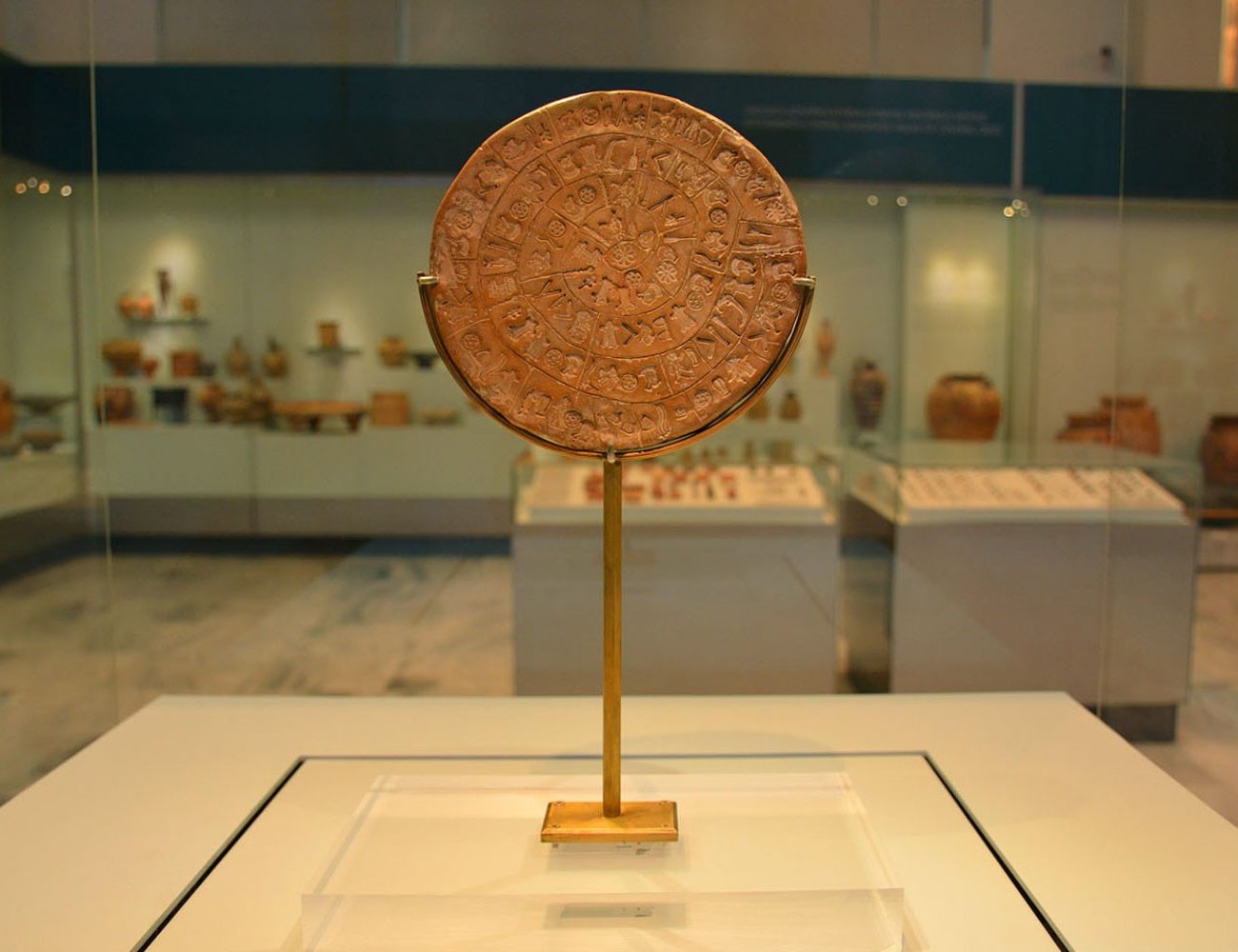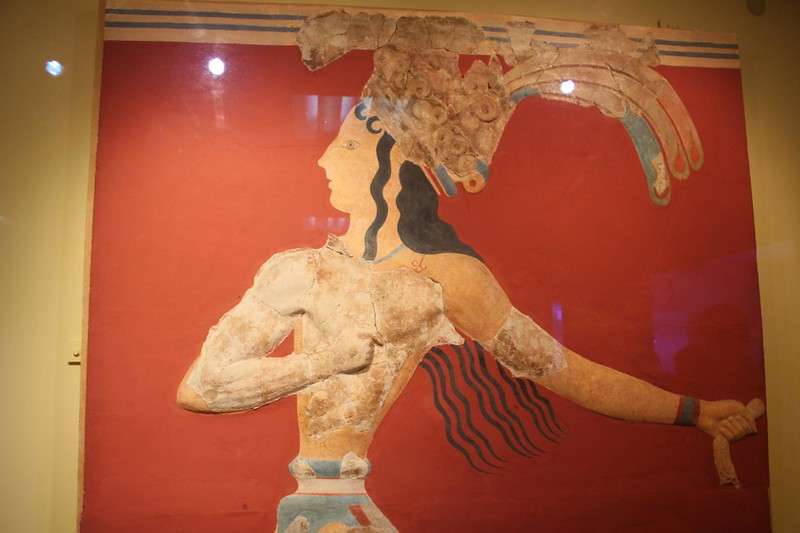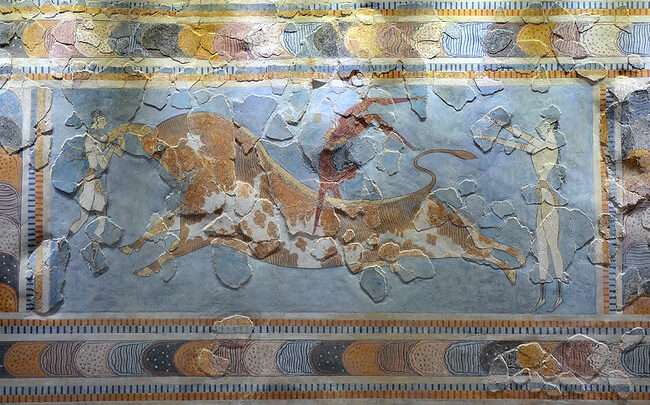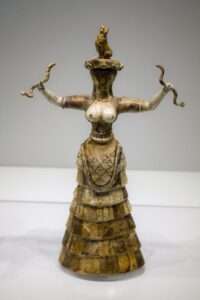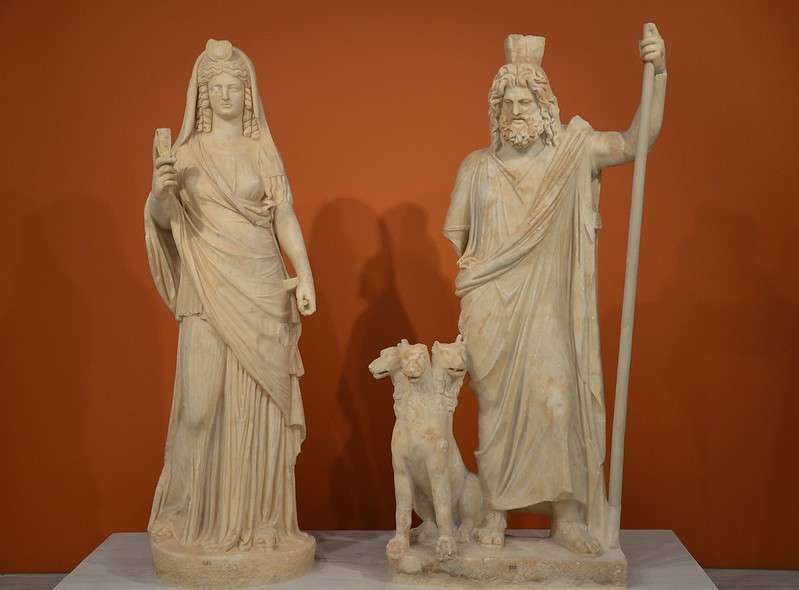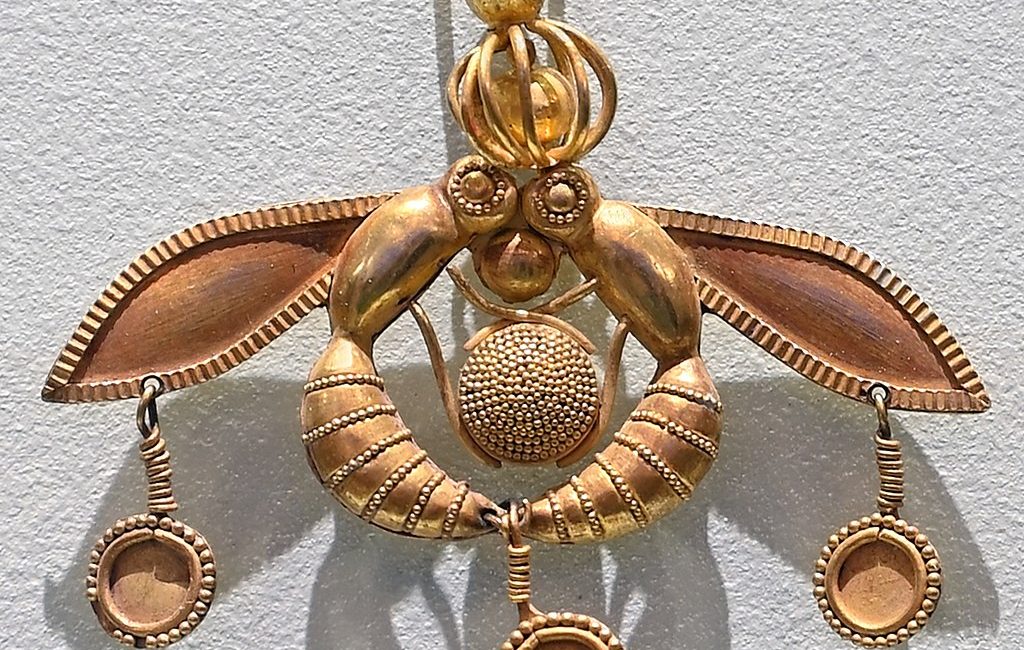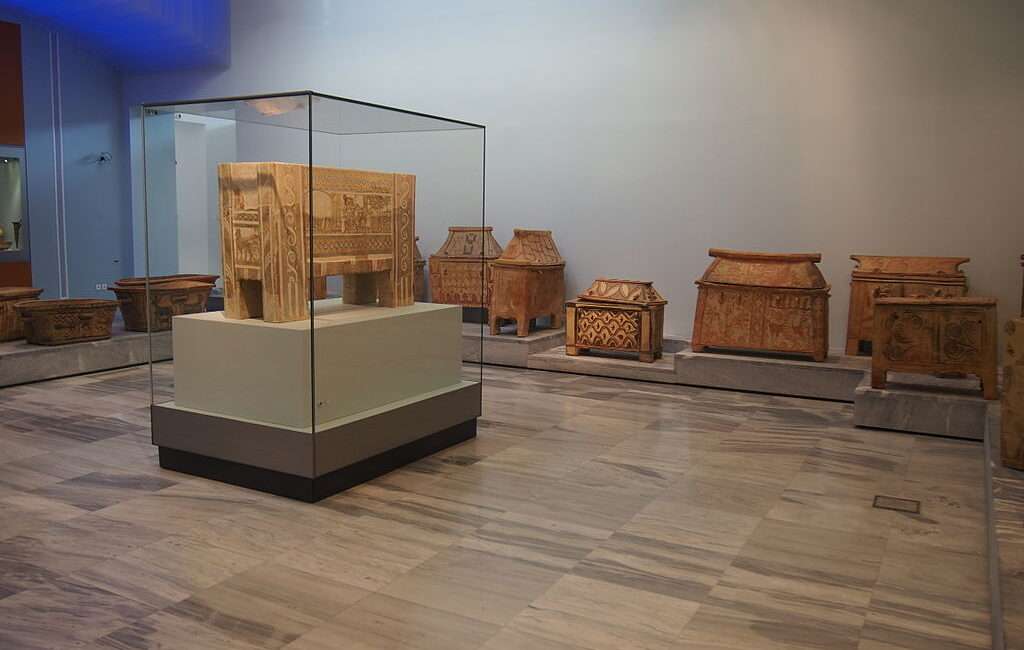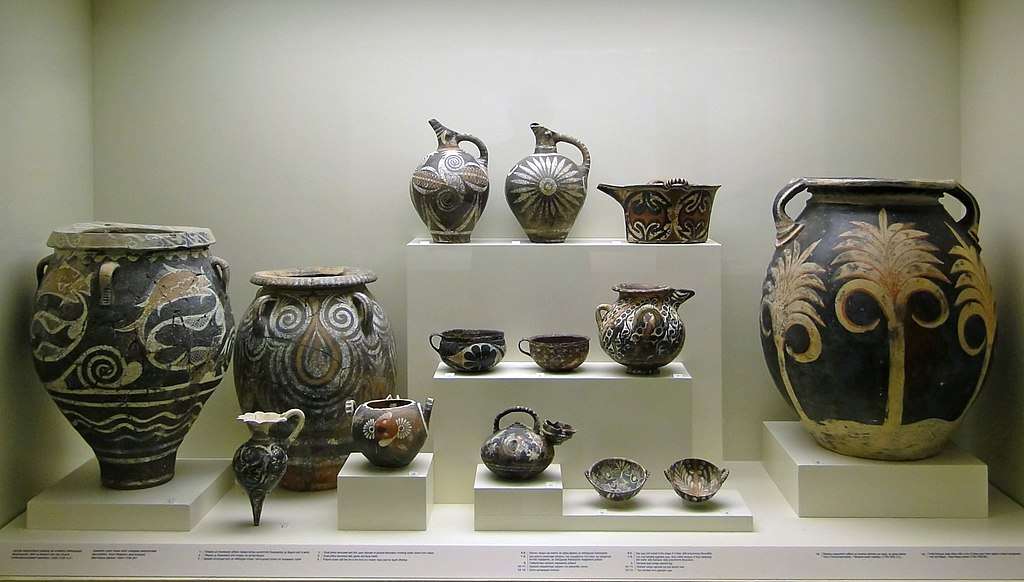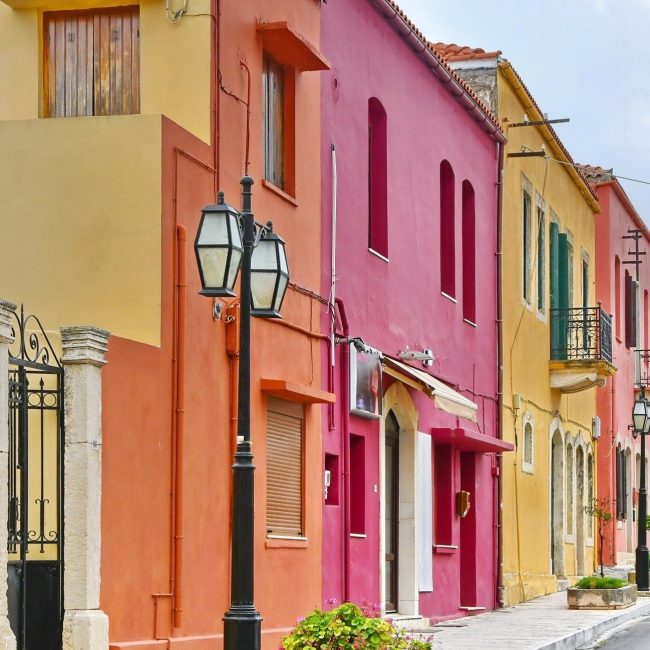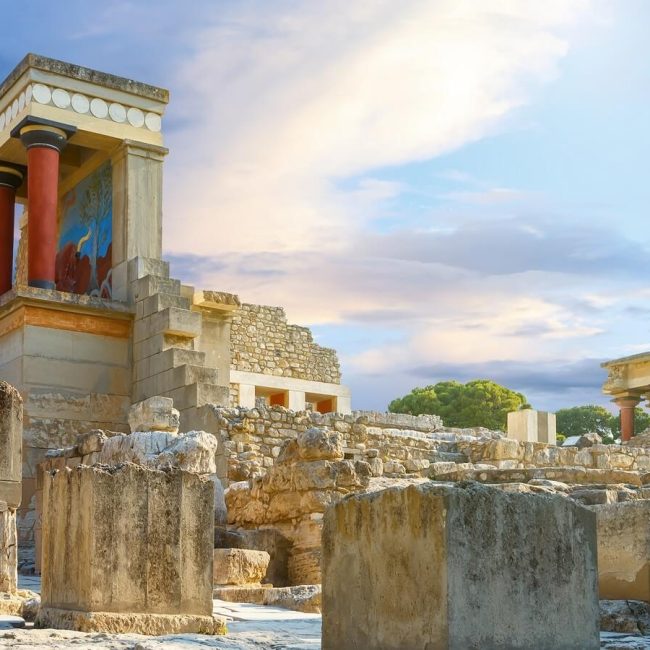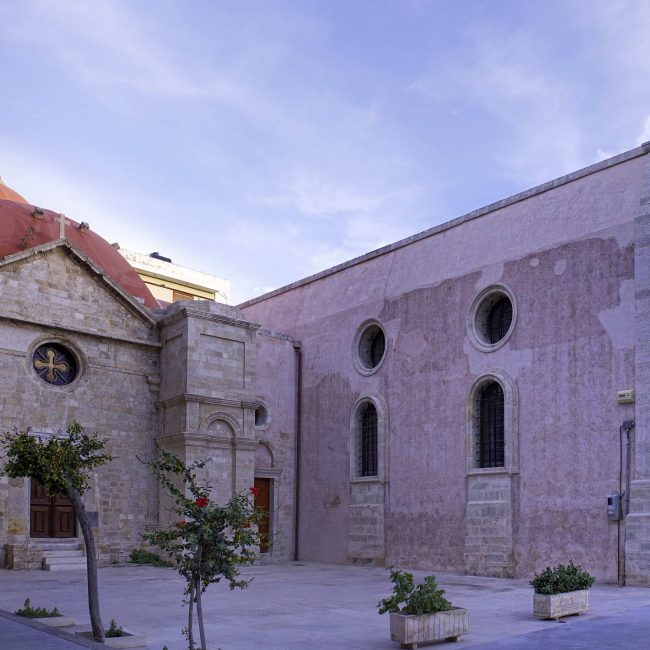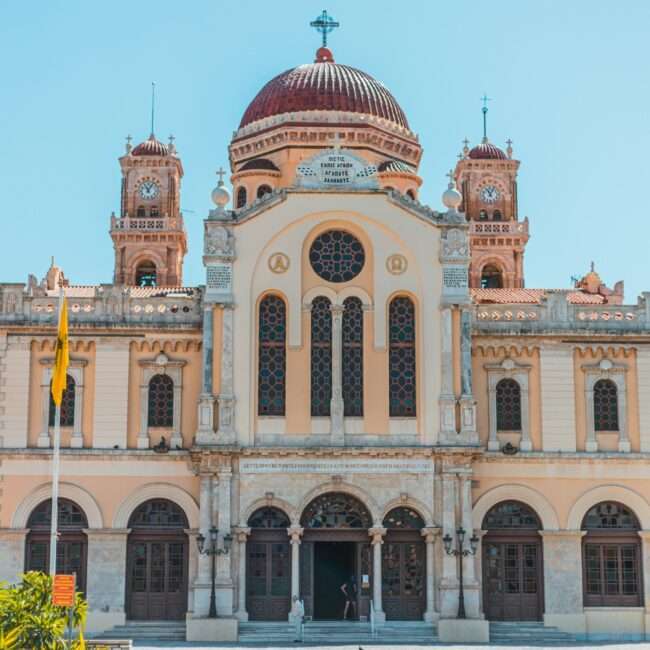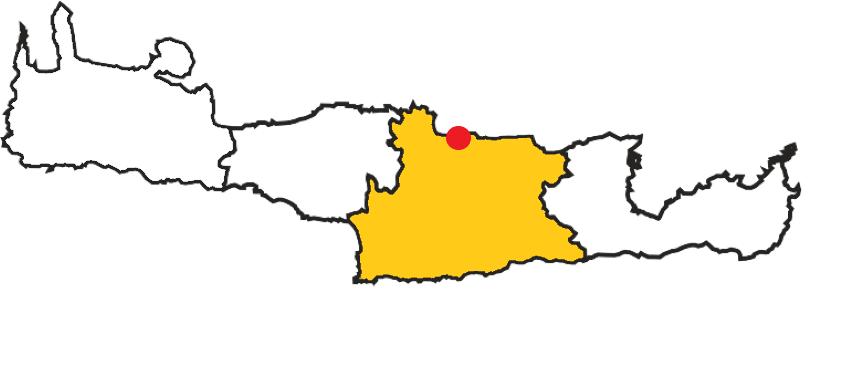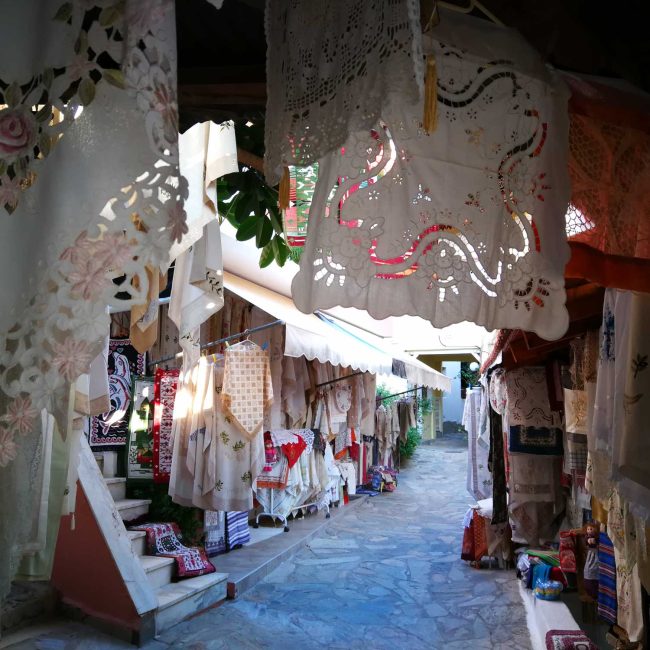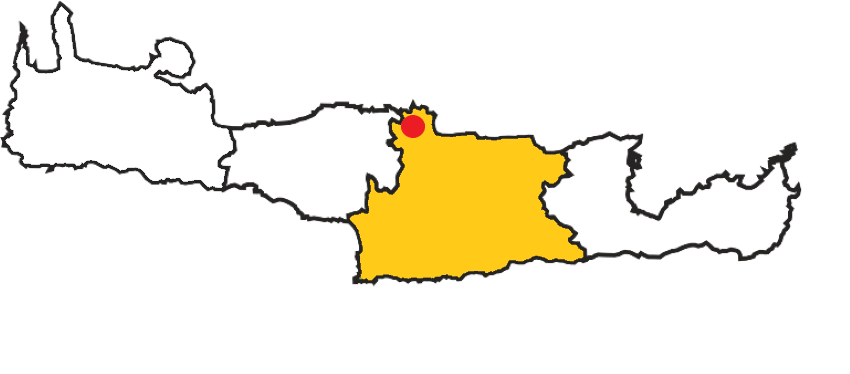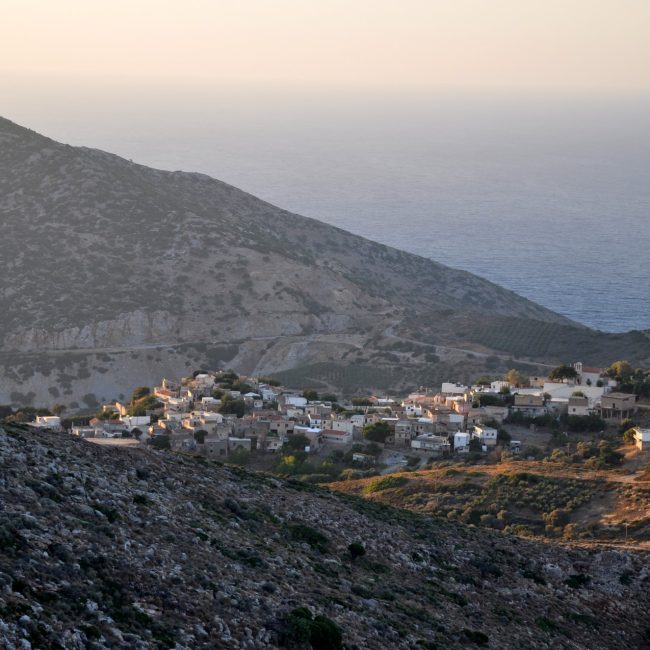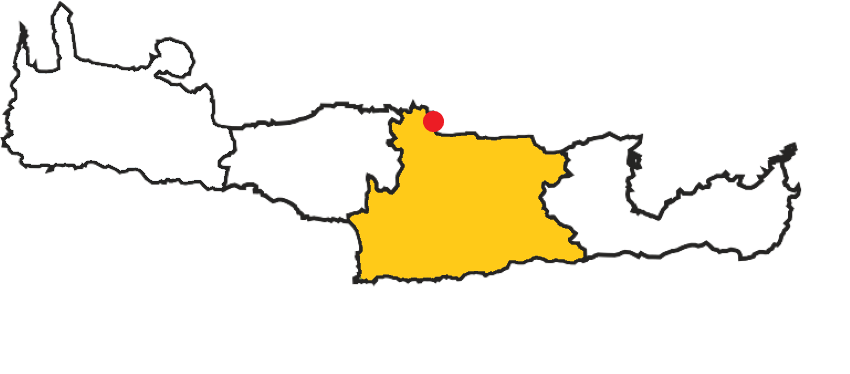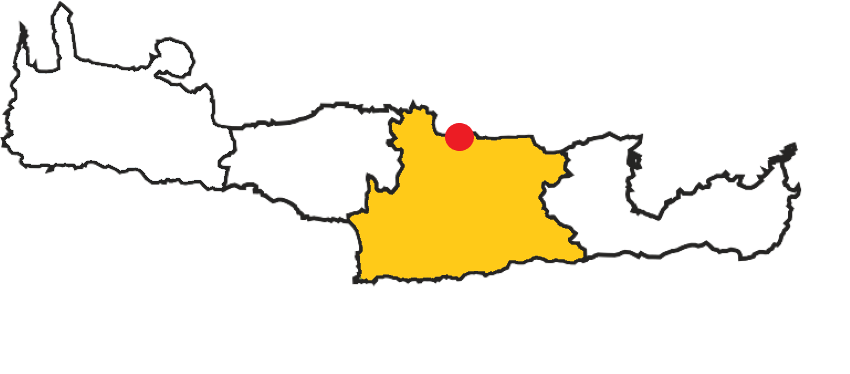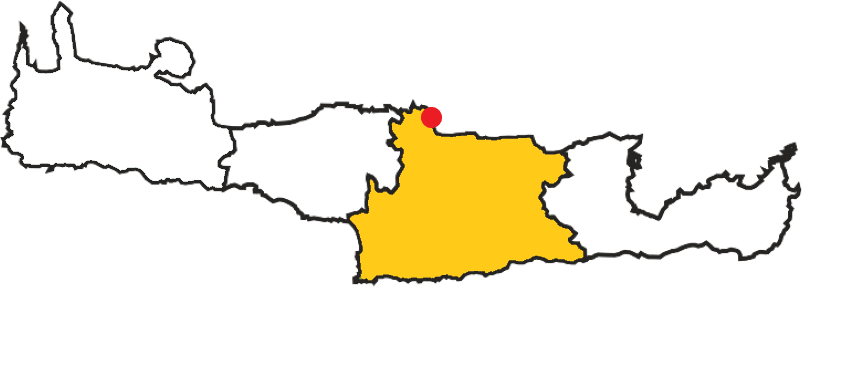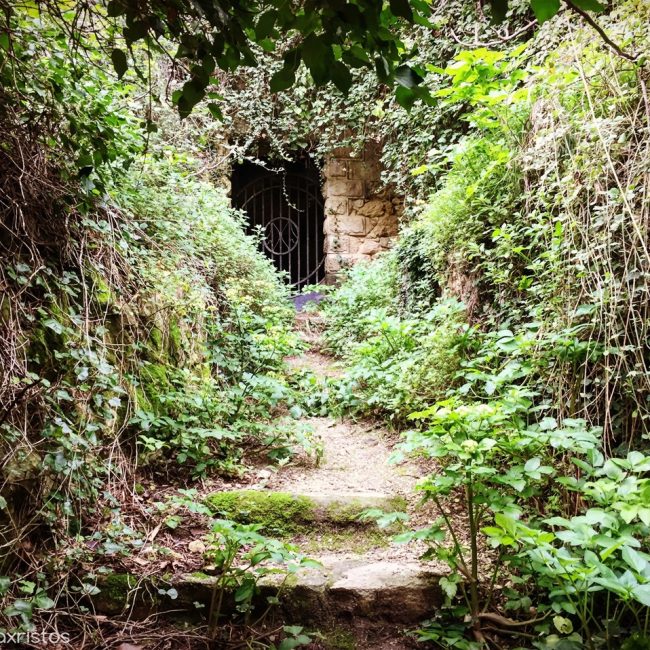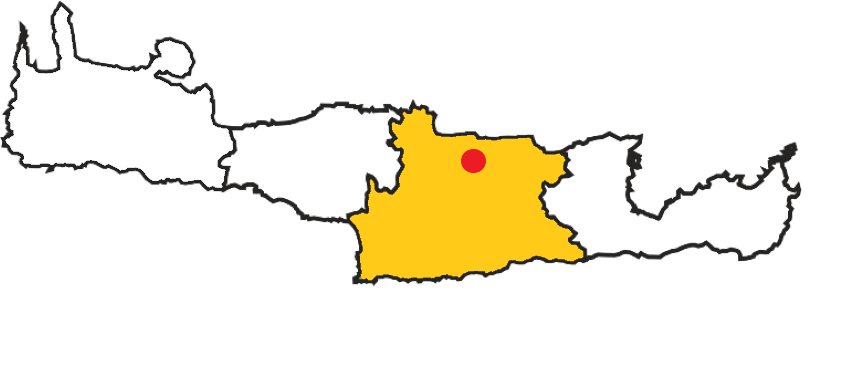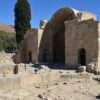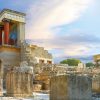Heraklion Arch. Museum
Archaeological Museum of Heraklion: A Gateway to Crete's Glorious Past
Located in the heart of the city, the Archaeological Museum of Heraklion stands as a beacon of ancient history, preserving and showcasing the extraordinary cultural heritage of the island. As one of the most important museums in Greece, it offers visitors an immersive experience, unravelling the mysteries and splendors of the Minoan civilization and other significant archaeological finds. In this article, we will delve into the history, highlights, and significance of the Archaeological Museum of Heraklion.
A Gateway to the Minoan Civilization
The Archaeological Museum of Heraklion houses a remarkable collection of relics from the Minoan civilization, which lived over 3,500 years ago on the island of Crete.
The major goal of the museum is to preserve and exhibit these treasures, which provide invaluable insights into the life, art, and achievements of this advanced Bronze Age civilization.
Exploring the Museum
The Archaeological Museum of Heraklion is organized into numerous parts, each dedicated to a different period of Cretan history. The Minoan collection is very vast, with objects ranging from the Neolithic through the Late Minoan periods. Visitors can follow the development and evolution of Minoan culture over time thanks to the chronological layout.
The reproduction of genuine wall murals and frescoes from numerous Minoan palaces is one of the museum’s most prominent aspects, bringing visitors into the colourful world of ancient Crete. These reconstructions offer a once-in-a-lifetime opportunity to see the vivid colors and detailed details of Minoan art as it would have appeared thousands of years ago.
Exhibits from various periods, like the Mycenaean, Geometric and Archaic, are also housed at the Archaeological Museum, providing a full perspective of the island’s rich historical record.
Preservation and Impact
The Archaeological Museum of Heraklion is critical to the preservation and dissemination of Crete’s cultural heritage. The museum uses innovative conservation techniques to ensure the longevity and accessibility of the objects for future generations.
Furthermore, the museum functions as an educational hub, providing workshops, lectures, and guided tours for visitors of all ages. Its outreach initiatives help people understand and appreciate the Minoan culture and the wider historical relevance of Crete.
Highlights of the Collection
Phaistos Disk: Unraveling the Minoan Script
The Phaistos Disk, a fascinating clay disk inscribed with symbols from one of the most perplexing scripts of ancient times, is one of the museum’s most renowned items.
The purpose and meaning of the disk, discovered at the Minoan palace of Phaistos, continue to elude experts.
The elaborate script adds to the enigma surrounding the extraordinary cultural and linguistic achievements of the Minoan civilization.
Prince of the Lilies elegant Fresco
The “Prince of the Lilies” fresco was uncovered at the ancient palace of Knossos on the Greek island of Crete. It dates back to the Bronze Age and is an iconic depiction of Minoan art and culture.
The prince is depicted as having young looks and wearing ornate headgear, implying his high status.
The lily flower is a symbol of purity and rebirth in Minoan culture, and it may have religious or ritualistic significance.
The fresco’s background is marked by a geometric design, and the overall composition oozes grace and elegance.
Bull-Leaping Fresco: A Glimpse into Minoan Sport
Bull-leaping (Ancient Greek: ταυροκαθάψια, taurokathapsia]) is a term for various types of non-violent bull fighting.
Some are based on an ancient ritual from the Minoan civilization involving an acrobat leaping over the back of a charging bull.
The Bull-Leaping fresco, an art piece depicting the dangerous athletic feat of bull-leaping, emerges from the frescoes of the Knossos palace.
It reveals Minoan athletics, rituals, and the tight link between humans and animals in everyday life.
Snake Goddess Figurines: Guardians of the Past
The famed Snake Goddess statues, symbols of the respected female goddesses in Minoan religion, are proudly displayed in the museum.
These figures were discovered at the Knossos palatial complex, highlighting the importance of women in religious and cultural contexts throughout the Minoan era.
Roman Collection: Echoes of Roman Influence
The museum also houses artifacts from the Roman period, reflecting the island’s later history.
Roman statues, mosaics, and inscriptions provide insights into the cultural fusion that occurred during this era.
The statue below was excavated from a Roman-Egyptian temple in the ancient city of Gortyn.
Malia Bee Pendant: Symbol of Resilience
The delicate Malia Bee Pendant, discovered in Malia’s Minoan palace, is a reminder of the island’s relationship to nature.
It represents the harmony between the Minoans and their environment.
Agia Triada Sarcophagus: Elegance in Death
The Agia Triada Sarcophagus, unearthed in the Minoan Necropolis (cemetery) of Agia Triada, is richly carved and depicts burial ceremonies.
It bears witness to the Minoans’ beliefs and rituals about death and the afterlife.
Kamáres Ware: Aesthetic Elegance
Kamáres Ware, a distinctive style of Minoan pottery, showcases the artistic flair of the civilization.
Found in various Minoan sites, these vessels are known for their elegant shapes and intricate decorations.
The museum’s extensive collection showcases a wide range of objects, including pottery, sculpture, jewelry, tools, and frescoes. Remarkable artifacts from a variety of periods and many inspirations. Each one of them is remarkable and some hold mysteries unknown to us until today.
A short tour
Artifacts
Additional informations for the museum
At the heart of Heraklion city.
EU: Adults 12€, over 65 6€. Youth up to 25, free. Not EU 6-25 y.o 6€
Winter 08:00 - 15:00 daily. Tuesdays 10:00 - 15:00
Summer 08:00-20:00 daily. Tuesdays 10:00- 20:00
The museum has Caffeteria, W.C. and Gift Shop
It takes 2-3hrs to complete on your own or as part of a guided tour.
Available Wi - Fi.
Phone Number: +30 2810 27 9000
There are infrastructures for the handicap.
Visiting the Archaeological Museum
The Archaeological Museum, located in the centre of Heraklion, is easily accessible to both inhabitants and tourists. Because of its central location, visitors may immerse themselves in the colorful ambiance of the city while experiencing the riches of ancient Crete.
Visitors can explore the well-curated exhibitions while being guided by helpful information and finely produced displays. The skilled personnel at the museum are always ready to provide further information and answer questions, improving the whole experience.
Conclusion
The Archaeological Museum of Heraklion serves as a portal to Crete’s rich and interesting history. The museum provides a fascinating journey into the past through its enormous collection of Minoan artifacts and displays from various times. The museum’s dedication to preservation, education, and accessibility exemplifies Crete’s cultural significance and the Minoan civilization’s continuing legacy. A visit to Heraklion’s Archaeological Museum is an opportunity to marvel at antiquity’s wonders and obtain a better grasp of the island’s extraordinary legacy.
ADDITIONAL TIPS FOR AN ENJOYABLE VISIT TO the archeological museum of heraklion
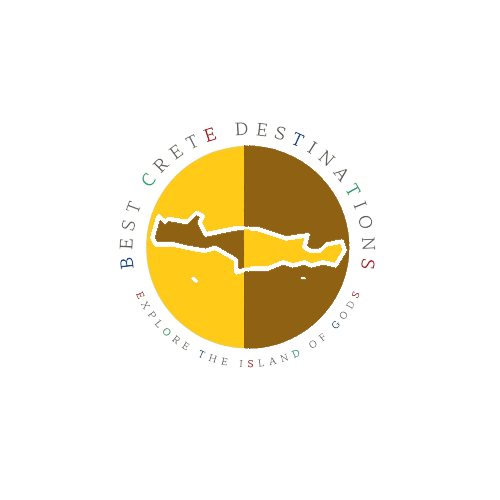
Destinations near heraklion's archeological museum
More options for nearby locations to plan your vacations better!


